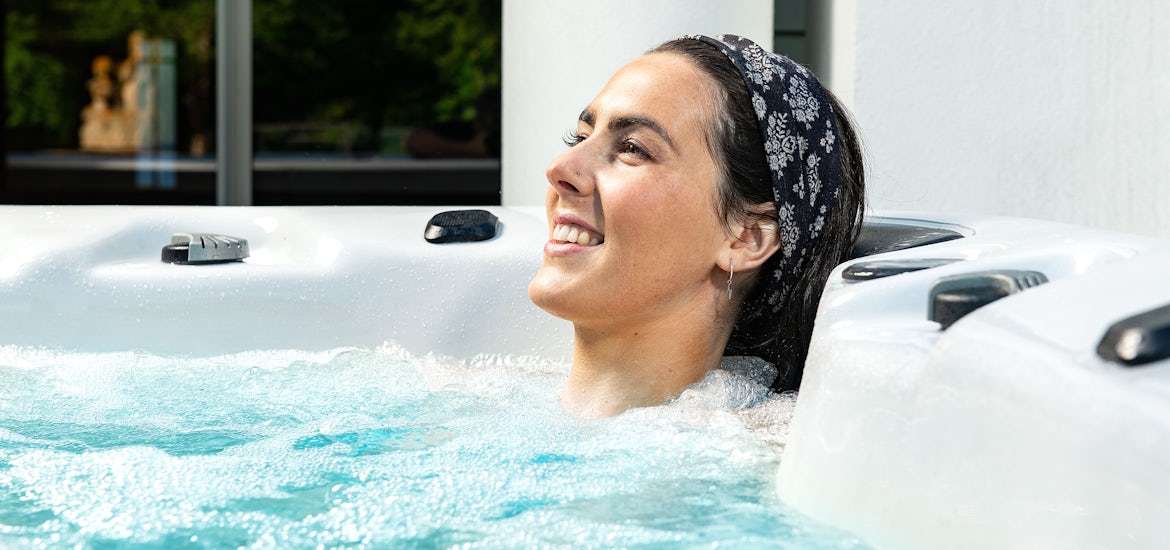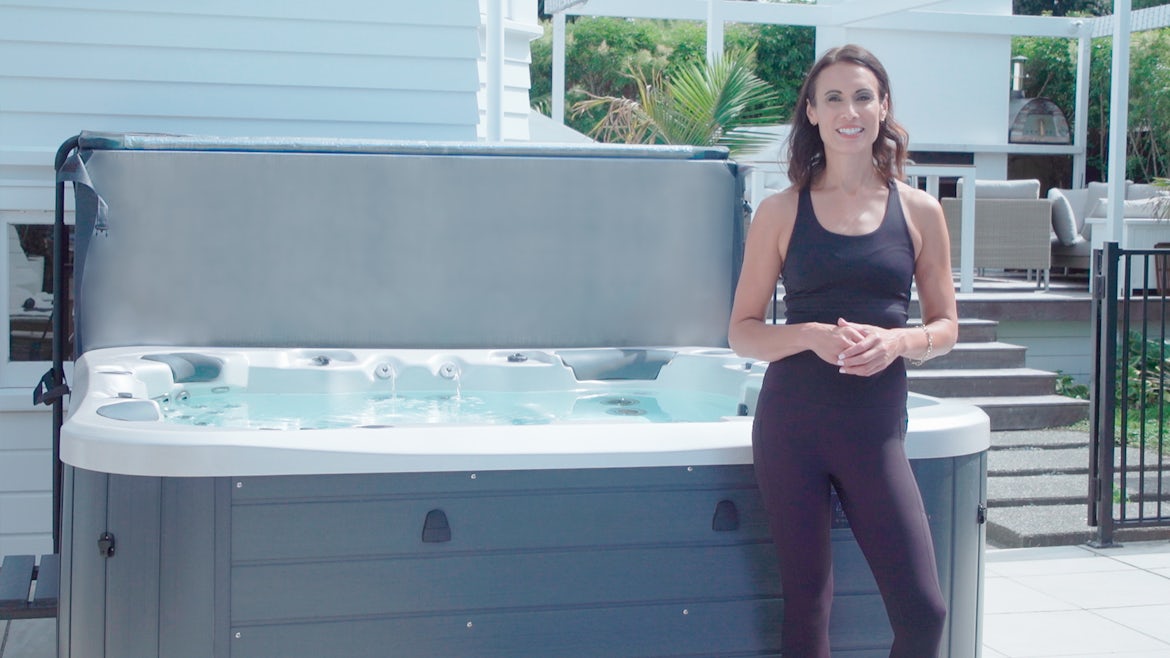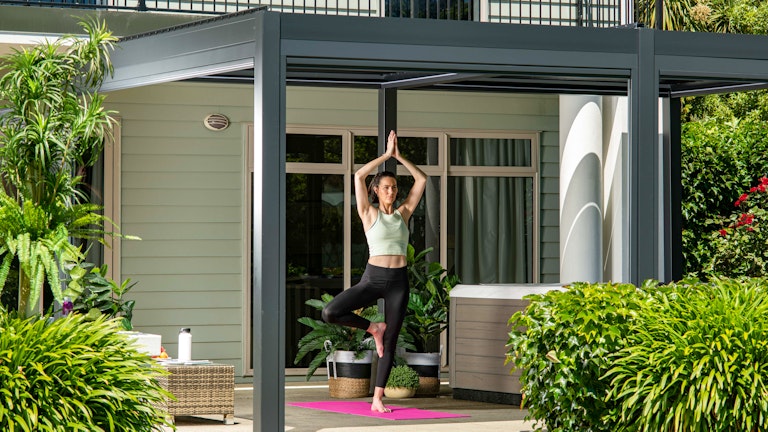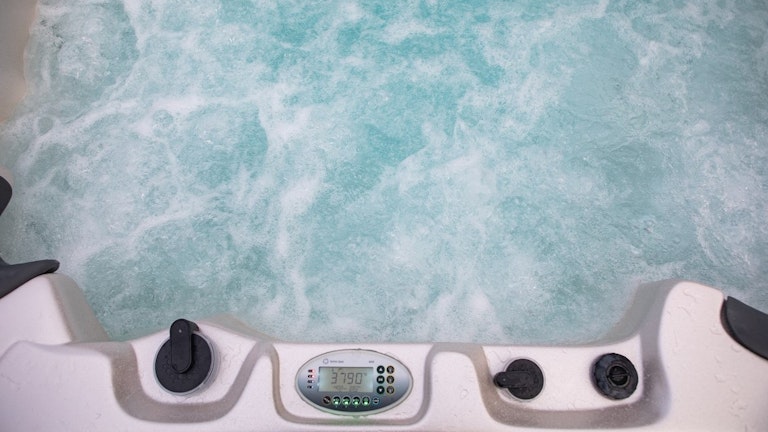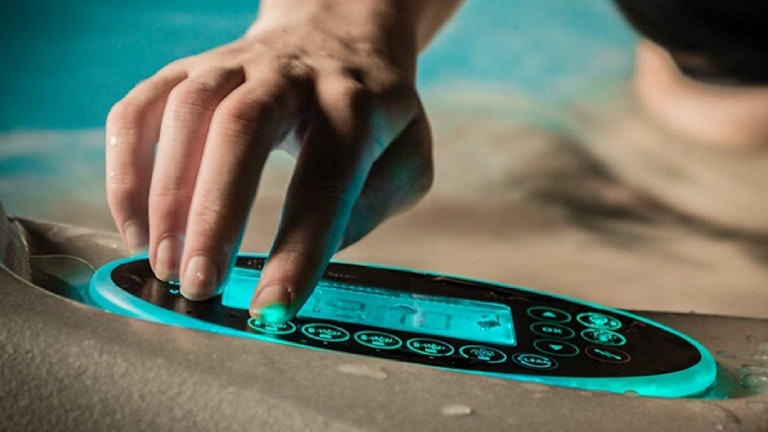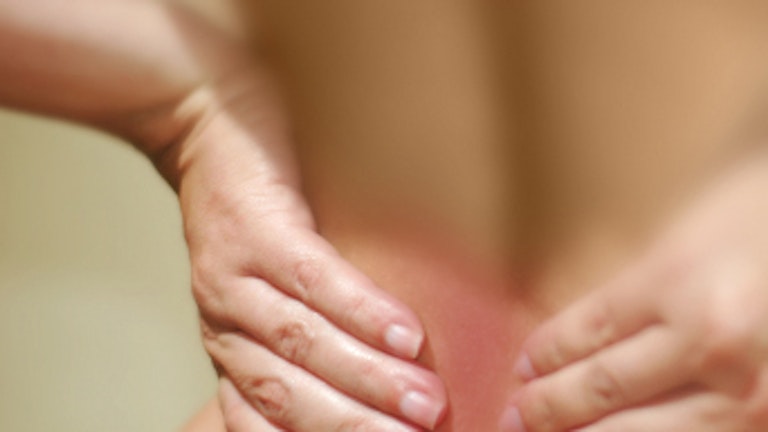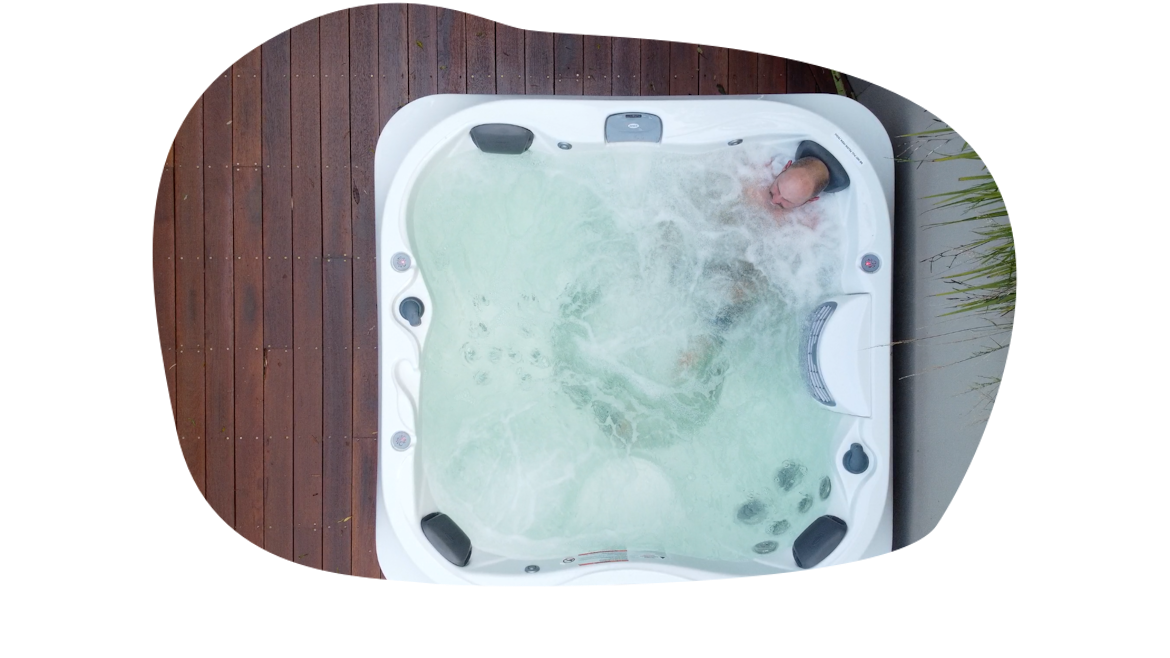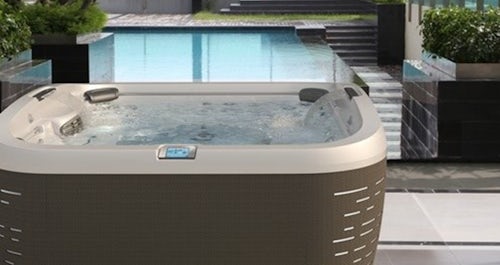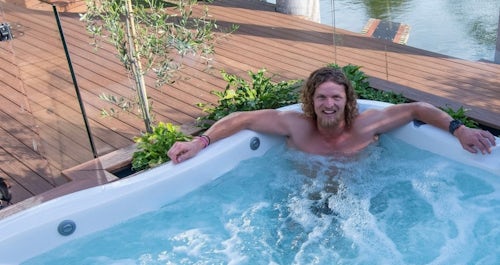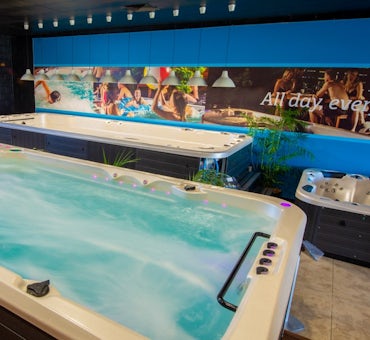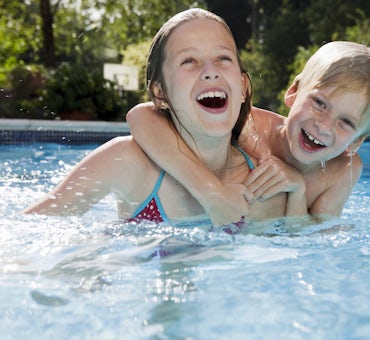As we are spa experts not medical experts, we always recommend you seek a professional opinion before trying to treat pain or any health condition at home.
Is a spa or hot tub good for muscle recovery after a workout?
It’s a well known fact that hot water and hydrotherapy are great for muscle recovery. But how does it work?
High intensity interval training like F45 and crossfit is increasing in popularity with people of all ages, as more people discover the extraordinary health and fitness benefits it can deliver. If you’re new to HIIT or have been doing it a while and got some aches and pains, then a regular soak in a spa might be just what you need to aid muscle recovery and ease any aches and pains you might have.
As any good trainer will tell you – the down time between workouts is just as important as your workout routine.
Working out is good for your body and mind - but rest periods are important too. Not allowing your body to recover after exercise, whether that be simply having rest days, or making use of hydrotherapy hot tubs, or temperature therapy, can increase the likelihood of suffering an injury when you next work out. This is because the body isn’t able to fully recover from the stress of exercise, worsening your form and increasing the risk of poor quality movement.
